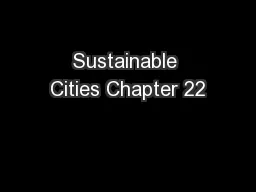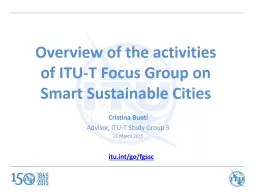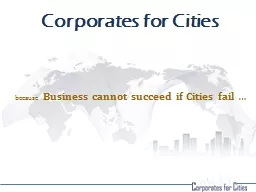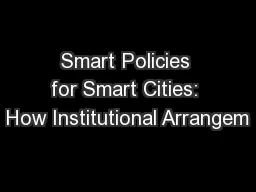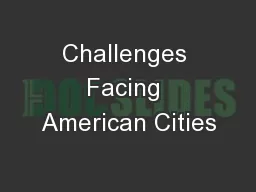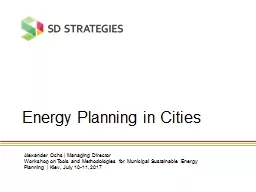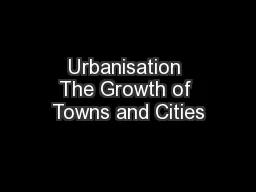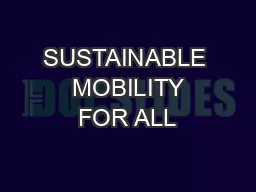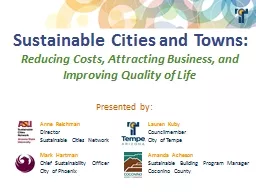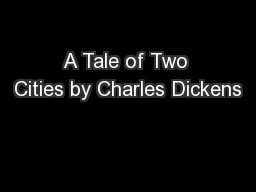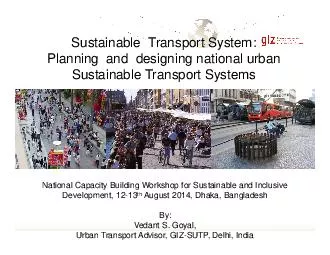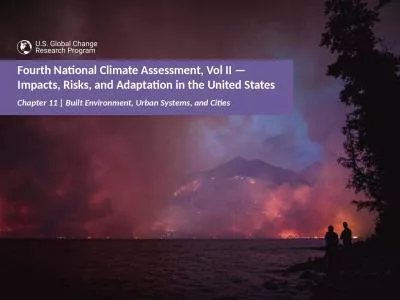PPT-Sustainable Cities Chapter 22
Author : olivia-moreira | Published Date : 2018-11-02
Core Case Study The Ecocity Concept in Curitiba Brazil Ecocity green city Curitiba Brazil Bus system cars banned in certain areas Housing and industrial parks
Presentation Embed Code
Download Presentation
Download Presentation The PPT/PDF document "Sustainable Cities Chapter 22" is the property of its rightful owner. Permission is granted to download and print the materials on this website for personal, non-commercial use only, and to display it on your personal computer provided you do not modify the materials and that you retain all copyright notices contained in the materials. By downloading content from our website, you accept the terms of this agreement.
Sustainable Cities Chapter 22: Transcript
Download Rules Of Document
"Sustainable Cities Chapter 22"The content belongs to its owner. You may download and print it for personal use, without modification, and keep all copyright notices. By downloading, you agree to these terms.
Related Documents

